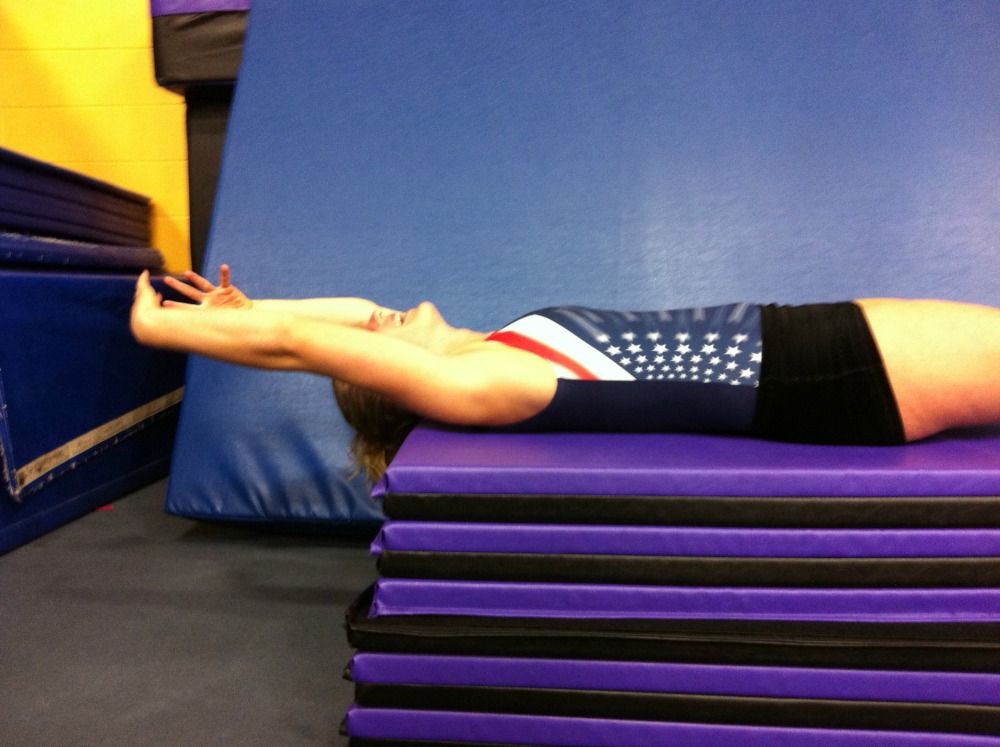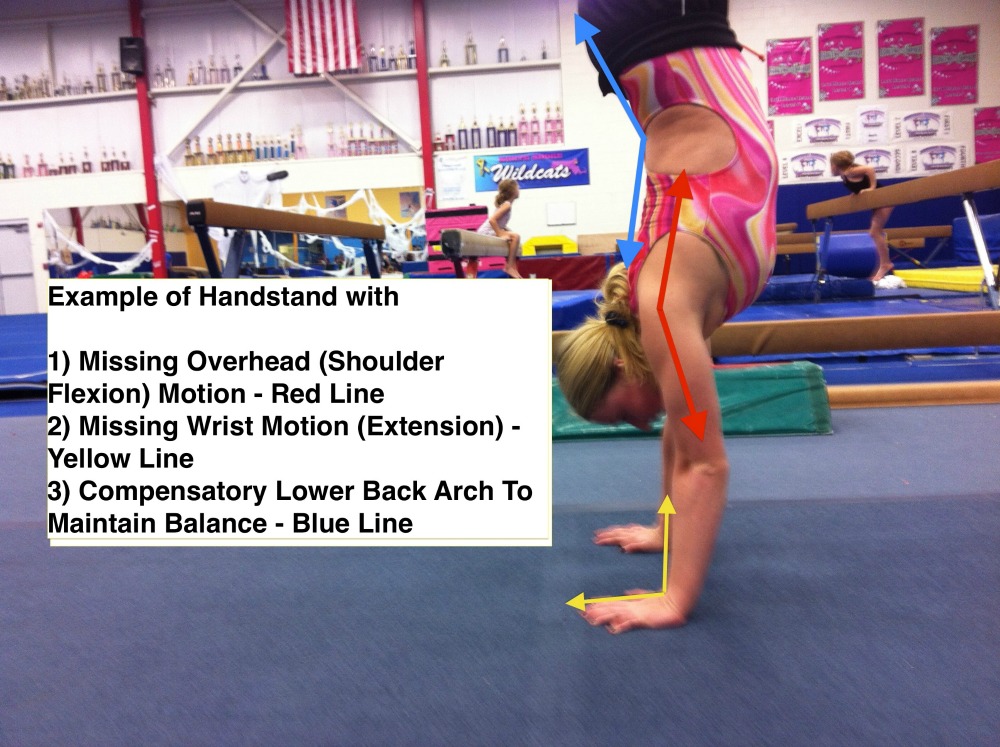Rehab and Prehab – what to focus on with Dr. Dave Tilley
I’m incredibly excited to start a new series on keeping gymnasts healthy with Dr. Dave Tilley. Dr. Dave is a huge asset to the gymnastics community, and I’m happy that he’s sharing his knowledge with us over the coming weeks. Without further adieu, here is Dr. Dave Tilley on what we should be focusing on with rehab and prehab.
—————————————————————————————————-
First off, I just really wanted to take the time to thank you for the chance to do this interview. Also, the support from readers for the website has been really incredible, and I can’t thank people enough. The last year has been really fun, and I’m happy that the information has helped people out. I have a tendency to get into nerd mode for gymnastics sports medicine concepts, so I’ll try to keep things somewhat short and relevant for these questions.
Take for example a gymnast who has some issues related to bringing their arms overhead fully overhead (whether it be due to a lack of mobility, a lack of strength/control overhead, or other issues).
That lack of ability for the gymnast to get overhead for whatever reason can have a pretty profound influence on different injuries such as:
– Creating a situation where the gymnast has to over extend their lower back and can dangerously load their spine under force, possibly leading to back pain
– It can be one piece of the puzzle leading to certain types of shoulder pain where structures in the shoulder joint take excess ware and tare
– It can also lead to an overload type injury in the elbow/wrist if the gymnast is not properly absorbing force in the shoulders with lots of dynamic weight bearing activities.
On the exact same thought process, that same limitation causing those three possible injury risk profiles is the same thing that limits that gymnast from getting into a fully extended bridge position. This can lead to a gymnast struggling with extending based skills all over. We may see some “cheerio” type back handsprings, tumbling that seems to not have good power, problems with long hang skills on bars, and so on. As we all know, those basics that are missing only get engrained into higher-level skills. So, those same struggles may create problems down the road when we start looking at needing high power tumbling for double backs/double fulls, when we need power generation or extension for bigger release moves like Tkachevs, and so on.
As you might be able to tell, some pre-hab work for mobility may help clear up some of the tightness and as a result, helping both categories. If you can adopt that philosophy to everything, you’ll see the importance of pre-hab.
On that idea, I have to make a clear point with re-hab/pre-hab terms. Rehabilitation more specifically deals with injuries or someone in pain, and I can’t stress enough that coaches/gymnasts shouldn’t be dealing with this phase of the injury. That’s really only for a trained medical professional to take care of, because pain changes everything and there are also a hundred different reasons a gymnast could be getting pain. A trained eye has to take someone through an assessment to get to the real issue, along with proper medical screening to rule out more serious issues. Coaches/gymnasts have a huge role in the preventative rehabilitation and early screening side. I also definitely encourage them to work hand in hand with medical professionals to know where they may be coming from in the rehab department. Think about how it feels when parents may over coach the gymnast and it might make you frustrated. The same goes for trying to take the rehab role as a coach. In terms of what to focus on, I’ll get that one in the next question.
Here are some links to articles I have written on the pre-hab model concept, and how to go about it.
Blog Articles:
Also here is a podcast interview Dr. Josh Eldridge and I did related to pre-hab and some other ideas.
Dr. David Tilley and Pre-Hab For Gymansts
Taking Care of Business Part 1
Taking Care of Business Part 2
———————————————————————————————-
If you have any questions for Dr. Dave drop him an email at – dave@hybridperspective.com



1 Comment
[…] Part 1 – “Rehab and Prehab – What To Focus on with Dr. Dave Tilley” […]